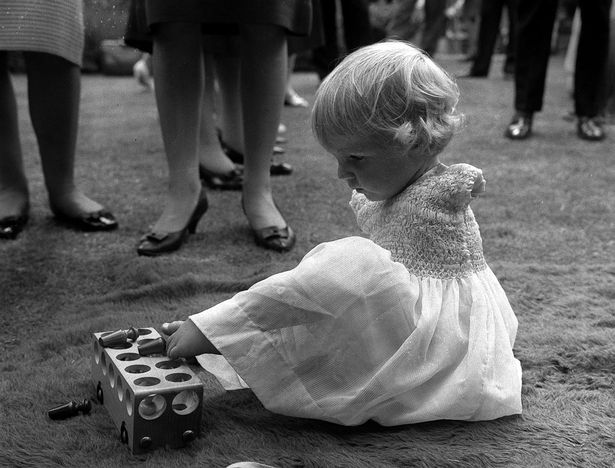Mirror, mirror in the brain.

When we observe an action, parts of the brain responsible for physical action (known as motor networks) become excited. The more familiar the movements are, the greater the excitement. This area of our brain is called the Mirror Neuron System. Equally, when observing an action, our reflexes are more responsive within the muscles that would typically be involved in that activity.
So why don’t we just perform the activity when we see it? Information travelling down the nerves from the spine is able to dampen the information, so that we don’t accidentally do something we weren’t planning to do.
How is this information useful? An effective training tool is to carefully watch an action and repeat it, which we are beginning to understand at a fundamental level, though this has been done throughout human history. This type of training is called Action-Observation. You can either learn a new skill or enhance an existing one with this method. It doesn’t require a lot of conscious thought, though some may find more success than others depending on the individual.
For it to be effective, you need to perform the activity almost immediately after seeing it, followed by extensive practice for it to become a learned skill that you can repeat without thought. Watching, even via video, then doing, could help you become better at an activity.
References
- Bommarito G, Putzolu M, Avanzino L, Cosentino C, Botta A, Marchese R, Inglese M, Pelosin E. Functional Correlates of Action Observation of Gait in Patients with Parkinson’s Disease. Neural Plast. 2020;20208869201. doi:10.1155/2020/8869201 Cited in: PubMed; PMID 33456457.
- Behrendt F, Lussanet MHE de, Wagner H. Observing a movement correction during walking affects evoked responses but not unperturbed walking. PLoS One. 2014;9(8):e104981. doi:10.1371/journal.pone.0104981 Cited in: PubMed; PMID 25133714.
- Behrendt F, Wagner H, Lussanet MHE de. Phase-dependent reflex modulation in tibialis anterior during passive viewing of walking. Acta Psychol (Amst). 2013;142(3):343–8. doi:10.1016/j.actpsy.2013.01.001 Cited in: PubMed; PMID 23422287.
- Abbruzzese G, Avanzino L, Marchese R, Pelosin E. Action Observation and Motor Imagery: Innovative Cognitive Tools in the Rehabilitation of Parkinson’s Disease. Parkinsons Dis. 2015;2015124214. doi:10.1155/2015/124214 Cited in: PubMed; PMID 26495150.







